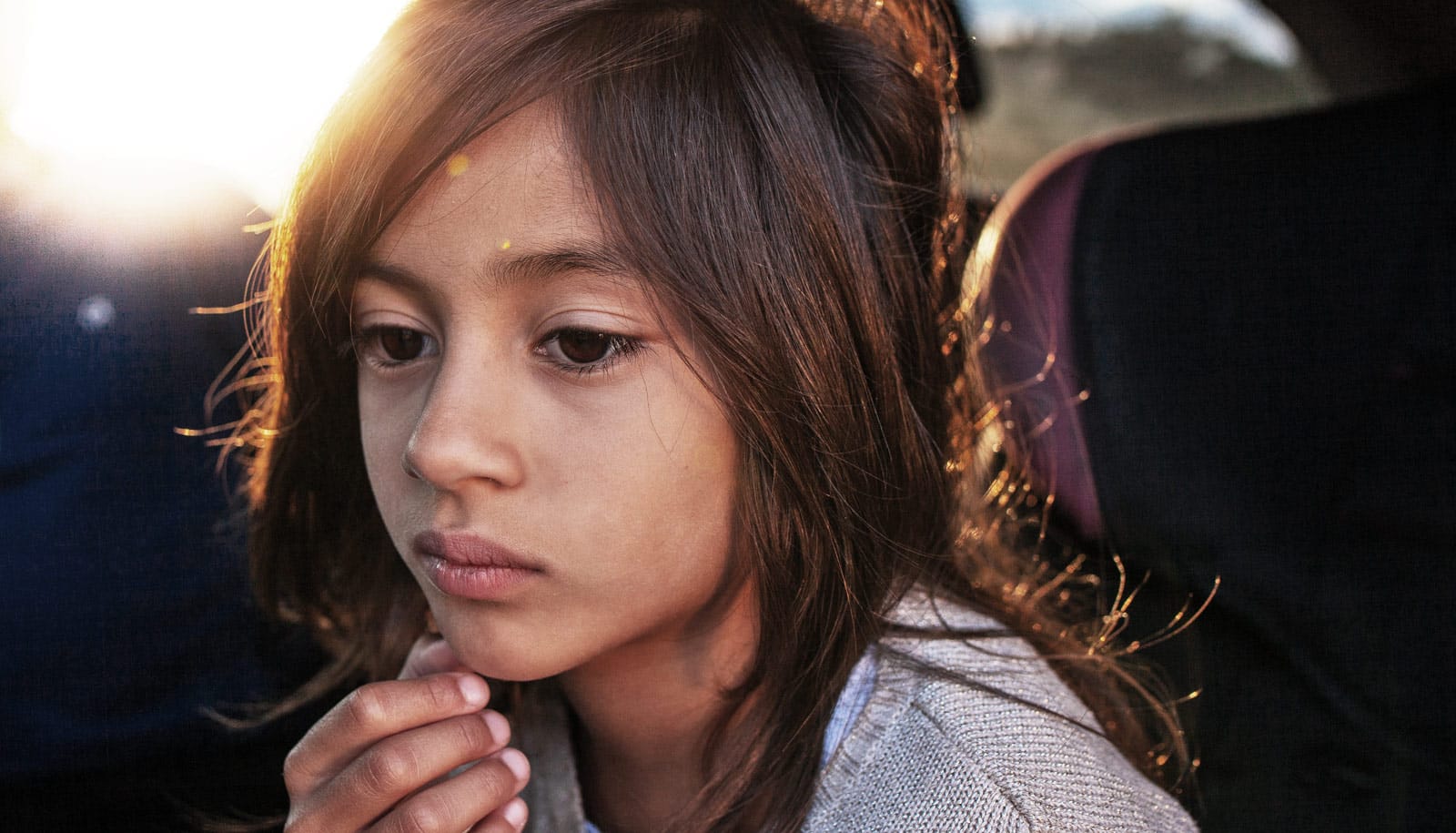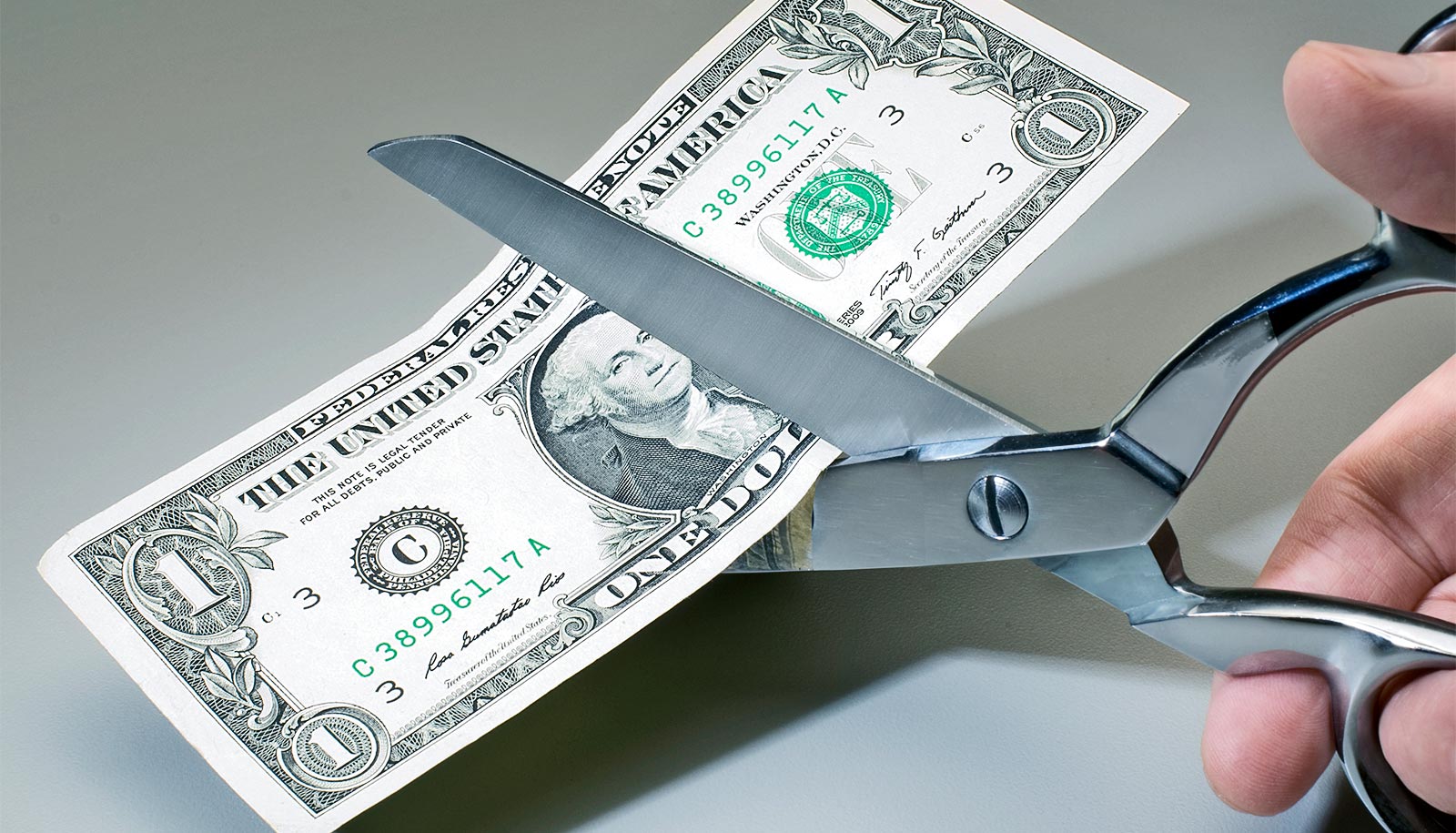Childhood poverty cost $1.03 trillion in 2015, about 5.4 percent of the gross domestic product of the United States, according to a new study.
“It is estimated that for every dollar spent on reducing childhood poverty, the country would save at least $7…”
“Impoverished children grow up having fewer skills and are thus less able to contribute to the productivity of the economy,” says Mark R. Rank, professor of social welfare at the Brown School at Washington University in St. Louis. “They are also more likely to experience frequent health care problems and to engage in crime. These costs are borne by the children themselves, but ultimately by the wider society as well.”
These costs are clustered around the loss of economic productivity, increased health and crime costs, and increased costs as a result of child homelessness and maltreatment, finds the study in the journal Social Work Research.
“It is estimated that for every dollar spent on reducing childhood poverty, the country would save at least $7 with respect to the economic costs of poverty,” says Rank, co-developer of an innovative poverty calculator.
Enter your info to calculate poverty risk
According to the Congressional Budget Office, Rank says that the federal government spent $3.7 trillion in 2015, meaning that the annual cost of childhood poverty represented 28 percent of the entire federal budget that year.
“We contend that alleviating poverty is in all of our collective self-interests. Whether we realize it or not, we each pay a high price for allowing poverty to walk in our midst,” Rank and Michael McLaughlin, doctoral student at the Brown School, write in the paper.
“The bottom line is that reducing poverty is justified not only from a social justice perspective, but from a cost-benefit perspective as well,” they write. “Investing in programs that reduce childhood poverty is both smart and effective economic policy.”



